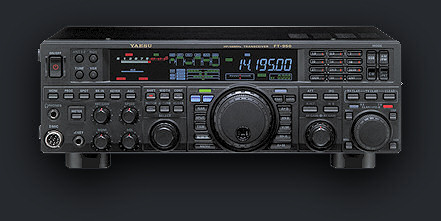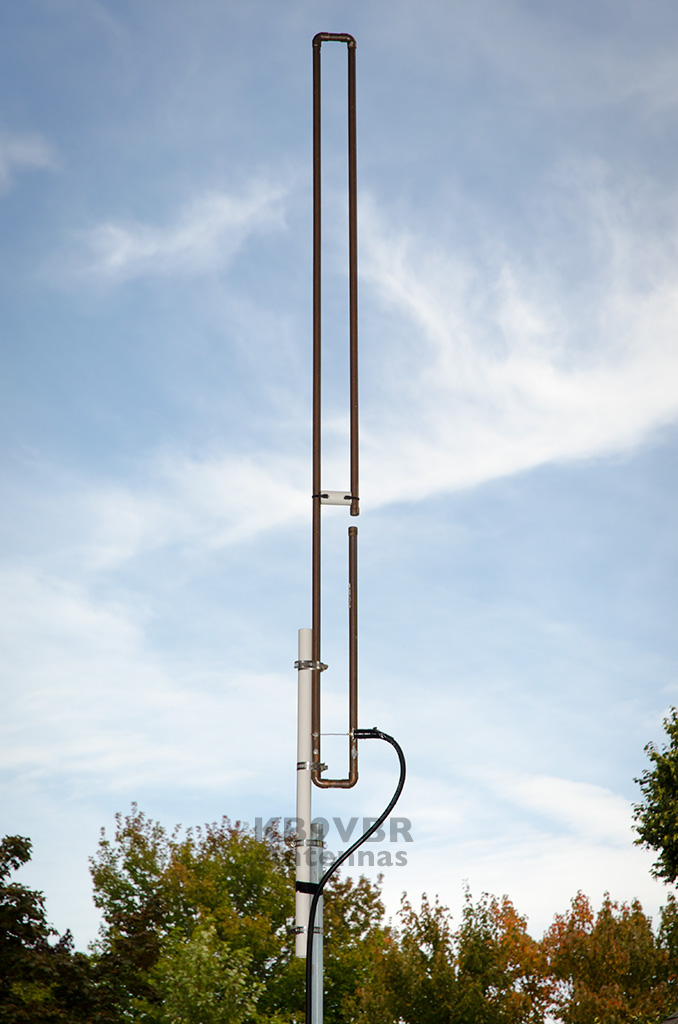“What equipment do I need to get started on Amateur Radio?” “Is it expensive to get these equipment?” Do I need to have deep knowledge depth in order to get started?
I bet these questions are often asked in Amateur Radio and I also bet these were the questions that lead you to this page. This article will briefly run through the basics of each equipment as this topic is more in a ‘hands-on’ approach. If you are really interested in learning more, you can send us a message here. We will be more than gladly to get back to you.
Now let’s get started…
Receivers
In order to listen or to tune into an amateur radio transmission, you need a receiver. An everyday example of a receiver is your radio at home or in your car. This allows you to receive the radio stations’ frequencies to you, in the comfort of your home. Yet, this type of radio is not suitable for receiving amateur radio short wave transmission. These receivers cannot resolve Single Sideband (SSB) or FM Transmission from amateur radios as most broadcasts are on the older Amplitude Modulation (AM) system.

In order to receive such short wave transmission, your receiver should be capable of tuning to a 1.8 to 30 MHz, and capable of receiving AM, CW and SSB, at least.
Transceivers/Transmitters
To communicate via Radio, one requires a transmitter. This allows you to broadcast your message on the channel you are on. Nowadays, there are no need for a single unit transmitters, as we now have transceivers. A transceiver is simply a transmitter and receiver in one. This multi-function tool allows you to buy one unit instead of two separate functioning units.

Transmitters vary in power. They may range from simple low power, which are low cost devices, and are often capable of sending only Morse Code to multipurpose high power ones, which can be built home or commercially made.
Antennas
As with antennas, this is a very broad area. Antennas can be commercially made or can be built with simple every day materials. An example of a very simple antenna is the long thin flexible wire that comes with your home speaker system or the one on your car. An antenna does not have to be extremely large or expensive in order to function. It all comes to your personal goals. Do you want to speak across the globe, in your country or simply limit yourself to your district? This all comes down to your preference.

